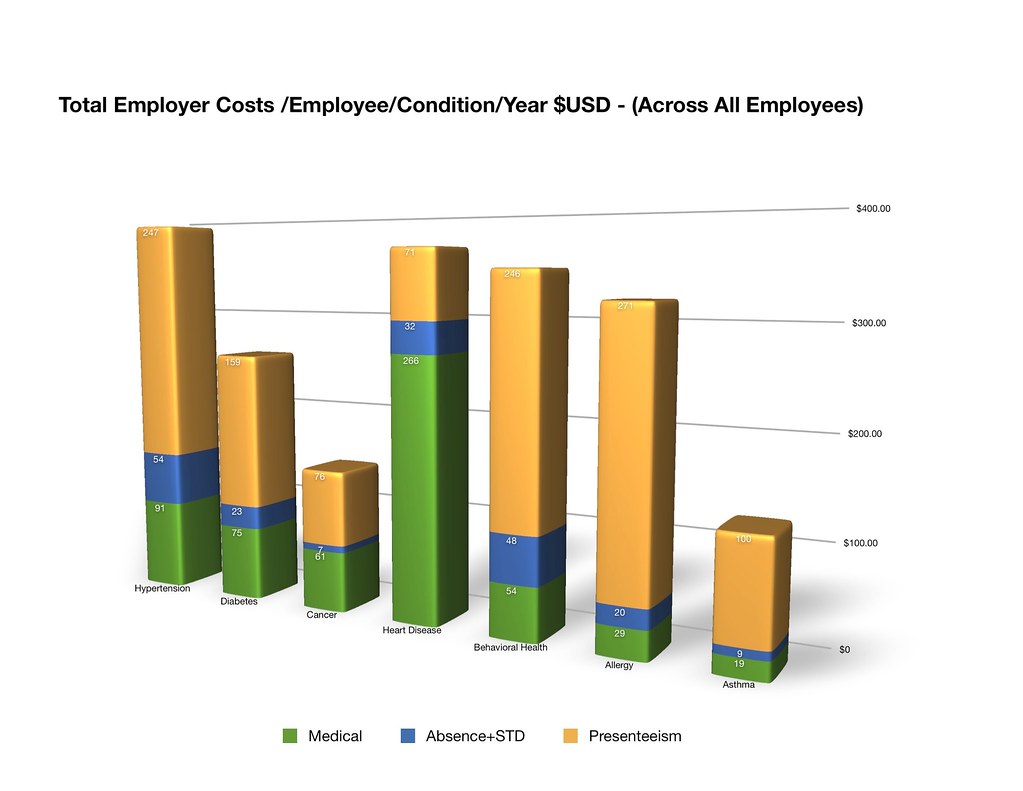As I mentioned last year (see: Climate change looks like this, not like this, in downtown Washington, DC | Ted Eytan, MD), there are visible impacts from climate change in our cities. This posts adds a little information, along with the one I wrote last week (Now Analyzing: Temperature and snowfall data for Washington, DC, Implications for Health | Ted Eytan, MD).
This paper, published in 2011, discusses the fact that here has been gradual advancing of first flowering, estimated to be 4.5 days from 1970 to 1999. An analysis performed of one of the region’s most economically important tree species, cherry trees, predicts up to a 29 day acceleration in the timing of cherry blossoms by 2080, with a peak bloom date of March 4. The current Washington, DC, cherry blossom festival runs from March 20 – April 14. The figure in the post shows the changing peak bloom dates advancing.
It’s not 100% clear what this is going to do to health, it’s likely to do something. I compiled a list of links that include relevant studies and research under way in the US and Europe. In New York, for example, pollen counts have gone down, most likely due to the presence of less trees. On the other hand, in Europe, earlier, longer, and more intense pollen seasons are predicted.
If you look at the costs of allergies to large employers (not asthma, allergies), they are greater per employee per year than asthma, cancer or diabetes.

View Health, Absence, Disability, and Presenteeism Cost Estimates of Certain Physical and Mental Health Conditions Affecting U.S. Employers 26373 on Flickr.com Source: Goetzel RZ, Long SR, Ozminkowski RJ, et al. Health, Absence, Disability, and Presenteeism Cost Estimates of Certain Physical and Mental Health Conditions Affecting U.S. Employers. Journal of Occupational and Environmental Medicine. 2004;46(4):398–412. [Accessed October 19, 2010].